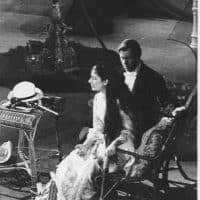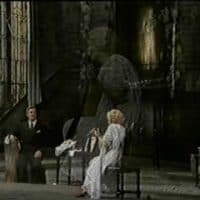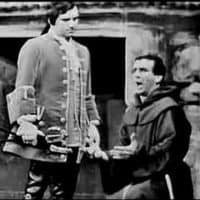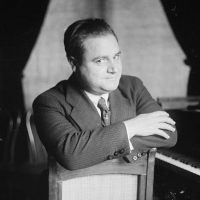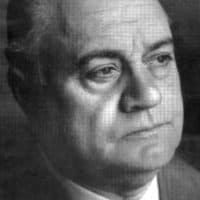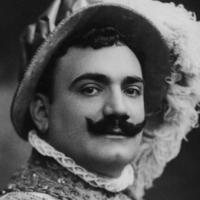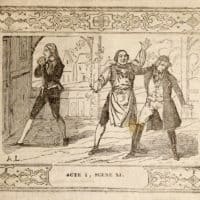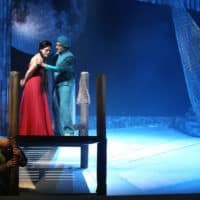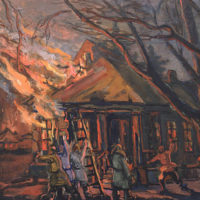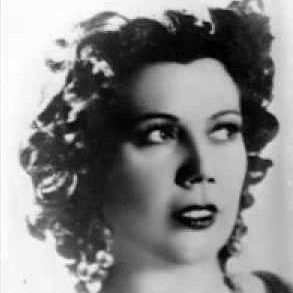 When one refers to outstanding exponents of the title role of Bizet’s Carmen, the name of Italian mezzo Gianna Pederzini immediately springs to mind. She was celebrated not only for her singing but also for her acting and for her allure. In his interview for Opera Fanatic dated 20 July 1991, tenor Franco Corelli said:
When one refers to outstanding exponents of the title role of Bizet’s Carmen, the name of Italian mezzo Gianna Pederzini immediately springs to mind. She was celebrated not only for her singing but also for her acting and for her allure. In his interview for Opera Fanatic dated 20 July 1991, tenor Franco Corelli said:
“Gianna Pederzini had personality and charisma and was a great artist. Her voice was beautiful, round and dark. When I sang CARMEN with her in 1953, she was no longer young, but she still had an exceptional figure. She had strong eyes, green, and the colour of steel. She was a beautiful woman—beautiful face, beautiful nose, the most beautiful legs in opera. She knew how to be beautiful and to impose her beauty in the theatre. She was a real woman. I was lost in her arms.”
Gianna Pederzini, one of the outstanding mezzo sopranos of the inter-war years greatly loved and equally admired by impresarios and opera lovers alike, was born in Avio, in the hills near Verona, on February 19, 1900.
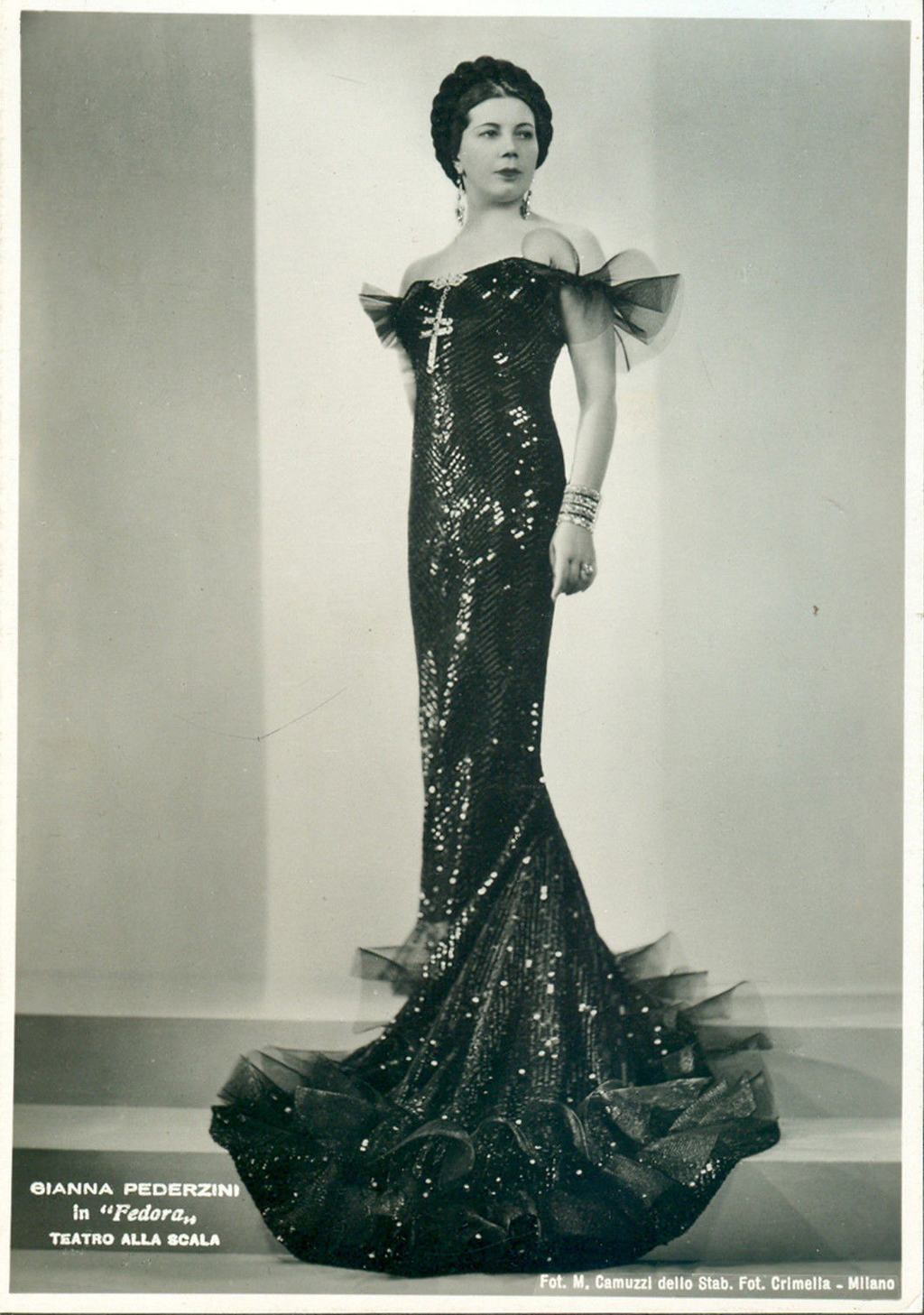
Her father was the possessor of a splendid voice who sang for his own pleasure. He died when Gianna was ten years old. After the outbreak of the First World War, the Pederzini family moved to Naples. A singing teacher who lived in the same block of apartments heard her and was greatly impressed. After giving her a few lessons, she was taken to audition for the great tenor Fernando de Lucia and became his star pupil. He also gave her an impeccable diction.
Pederzini’s voice was not a large instrument but that of a mezzo with an extended upper register which, allied to an electrifying stage presence, enabled her to take on with ease verismo roles that could afford unlimited acting possibilities. These included Santuzza in Cavalleria Rusticana, Katiusha in Franco Alfano’s four Act opera Resurrezione, as well as Giordano’s Fedora.
During the formative years of her career she was constantly offered to sing Preziosilla in La forza del destino with which she had made her debut in Messina in 1925. The rumour had gone round that she was the only singer who took the trouble to learn how to play the drums for the ‘Rataplan’ in the third scene of Act 3.
Trouser roles were assigned to her in quick succession, including Octavian in Der Rosenkavalier, Isolier in Le Comte Ory and Urbain in Les Huguenots. In the memorable 1933 Arena di Verona production of Meyerbeer’s opera Les Huguenots, she sang opposite famous singers namely Rosa Raisa, Adelaide Saraceni and Giacomo Lauri Volpi. Other travesty roles that followed were Hansel and the lead in Mascagni’s opera Zanetto, conducted by the composer. Charlotte in Werther soon though became her favourite role along with Mignon, which she sang everywhere during the Thirties.
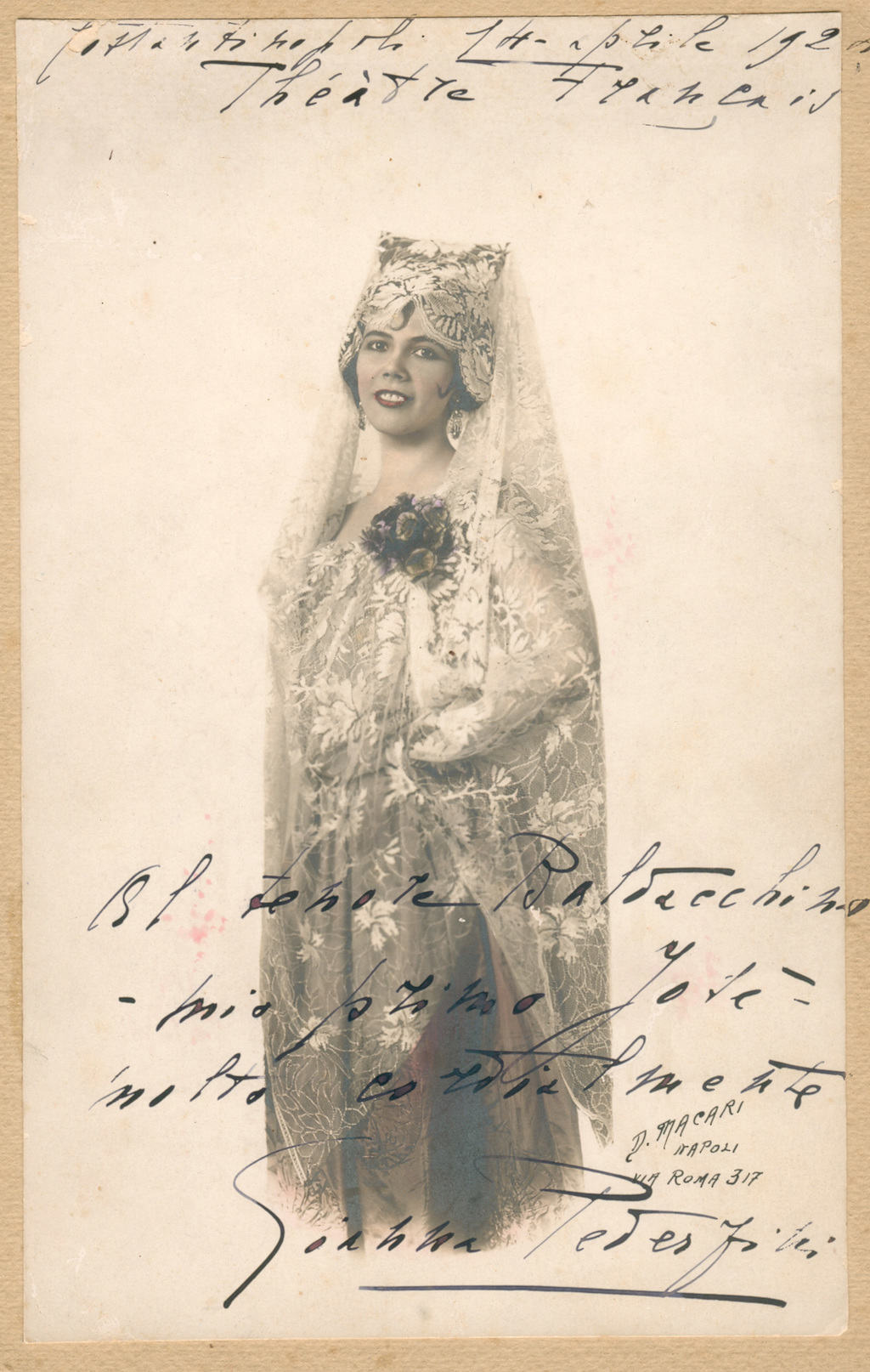
The name of Gianna Pederzini remains mainly identified with the role of Carmen. She became the most popular Carmen at La Scala after Gabriella Besanzoni’s retirement.
Opera dictionaries as well as other publications often claim that she made her debut in this role in Biella, Italy, in 1927. This is far from correct! The very first time that Pederzini sang Carmen was in Constantinople (now Istanbul, Turkey) on April 11, 1924, at the Théàtre Française opposite two Maltese singers, namely, tenor Nicolo’ Baldacchino (Don Jose’) and baritone Giuseppe Satariano (Escamillo). The autographed photo which she signed on April 14, reproduced in these pages, puts the record straight! It is inscribed to the Maltese tenor “Al tenore Baldacchino – mio primo Jose’, molto cordialmente, Gianna Pederzini”.
Fourteen years later Gianna Pederzini visited Malta at the invitation of the Impresa Said for the 1938/39 opera season at the Royal Opera House, to sing the title roles in Mignon and Carmen.
News that Pederzini was being contacted by the management of the Royal Opera House in Valletta, appeared in the “Malta” edition, of September 6, 1938: “Apprendiamo che la celebre mezzo soprano Gianna Pederzini e’ stata scritturata per recite di Mignon e Carmen nella prossima stagione lirica al Teatro Reale…….Gianna Pederzini e’ oggi una delle glorie reali del teatro lirico italiano.”
Following her debut in Carmen at the Royal Opera House on Saturday, November 12, 1938, the opera critic of the Malta Chronicle and Imperial Services Gazette of November 14, reported:
A performance which will not be forgotten…..Pederzini (Carmen), Giovanni Voyer (Don Jose’), Vincenzo Guicciardi (Escamillo) and Luisa Palazzini (Micaela) are the four principals in Carmen for this Season. On different occasions, the ‘Full House’ on Saturday gave prolonged applause and asked for “bis”. Pederzini, the greatest star on stage, by her art, completely put in the shade what we had in mind of previous Carmen performers and performances….One scarcely could choose between her acting and her singing. She is a complete and wonderful artiste and a splendid Carmen.
At the age of 38 she was at the prime of her career. Because of her agility and sense of comedy she had earned the reputation among Italian singers as a great exponent of the Rossini repertoire. After the Spanish mezzo Conchita Supervia’s untimely demise at the age of 40, Il Barbiere di Siviglia, L’Italiana in Algeri and Cenerentola became her daily fare.
When her lower register had become darker, she undertook the role of Azucena in Il Trovatore, at the Rome Opera with Lauri-Volpi as Manrico. She scored a huge success which she repeated in the film version of the same opera for Carmine Gallone, considered one of the most important film directors in Italy.
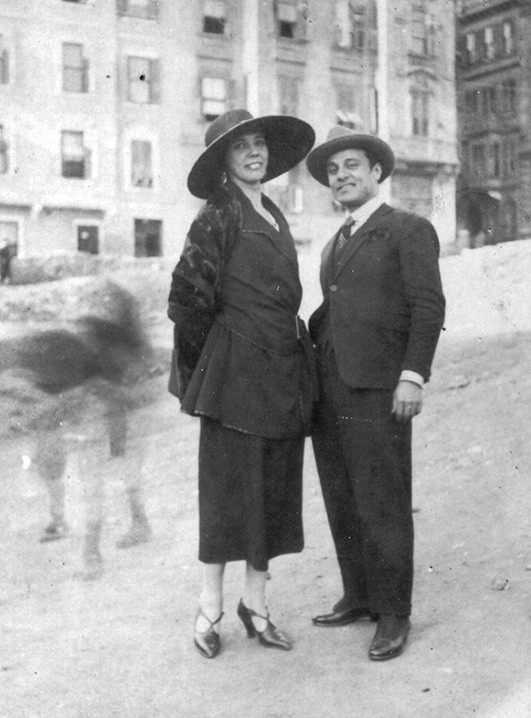
Among the roles she created, Pederzini appeared in Pizzetti’s Vanna Lupa, with which she inaugurated the 1949 Maggio Musicale Fiorentino; Honegger’s Judith with bass Boris Christoff, and Bloch’s Lady Macbeth. She also sang the Prioress in the world premiere of Poulenc’s Les Dialogues de Carmélites on January 26, 1957 at La Scala. In more recent years, Pederzini also appeared in Menotti’s The Medium, the Countess in TheQueen of Spades and Mistress Quickly in Falstaff for which her highly developed dramatic talents suited her admirably.
Abroad, she appeared at the Royal Opera House in London, in 1931, The Opéra de Paris in 1935, the Teatro Colón in 1938, and the Berlin State Opera in 1941.
Pederzini’s private life had excited considerable attention. Breaking up with her husband, she became the mistress of the notoriously brutal Roberto Farinacci, Secretary of the Partito Nazionale Fascista and ardent supporter of Mussolini, before whom all Italy trembled! On April 28, 1945, Farinacci was shot by partisans and, according to newspaper accounts, so was she. Her house was ransacked. She disappeared for a while but turned up in Argentina where she continued her career to huge acclaim. During her exile she also recorded some songs for the Victor label.
When the dust of World War II had settled, she returned to Italy and resumed gloriously her career, singing in leading opera houses including La Scala. She retired from the stage in 1960. Until the late Seventies, she was still holding courses in interpretation at the Santa Cecilia Academy in Rome.
During an interview Gianna Pederzini was once asked what was the worst thing that could happen to a good singer to which she replied: “Singing with third rate casts, for one is bound to lose one’s sense of standards” No wonder that Gianna Pederzini’s partners on the operatic stage ranked among the finest.
Gianna Pederzini died in Rome on March 12, 1988. She was buried wearing her Act IV Carmen costume! Breaking the news, the leading Italian daily Corriere della Sera reported in bold headlines: Scomparsa a 88 anni Gianna Pederzini – Canto’ e visse come la Carmen – Mezzo soprano dalla vita romanzesca, amica di Farinacci, seducente e famosa nel mondo.
